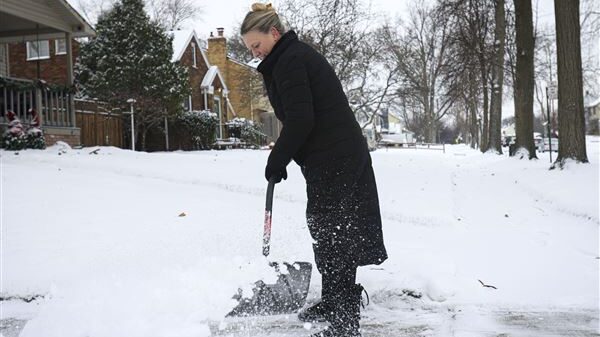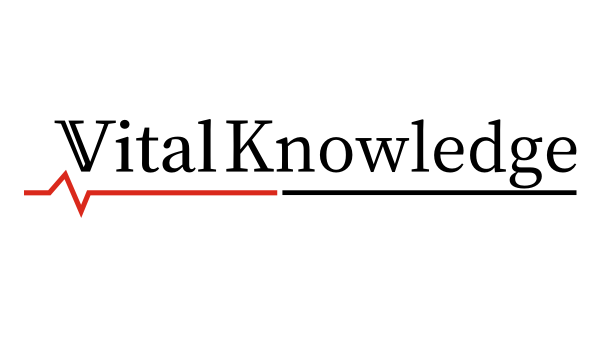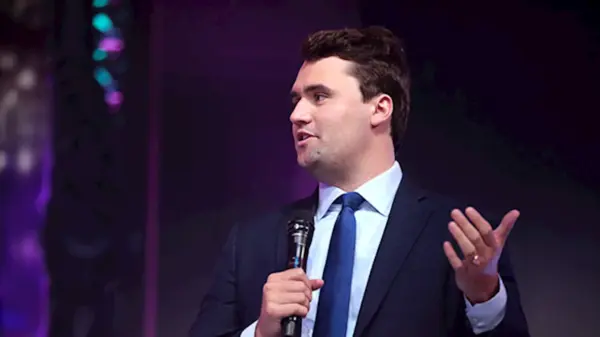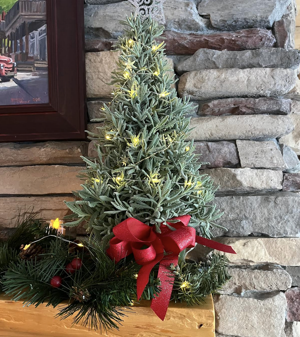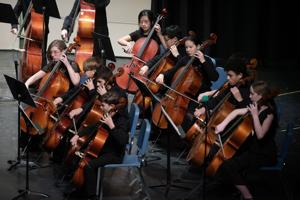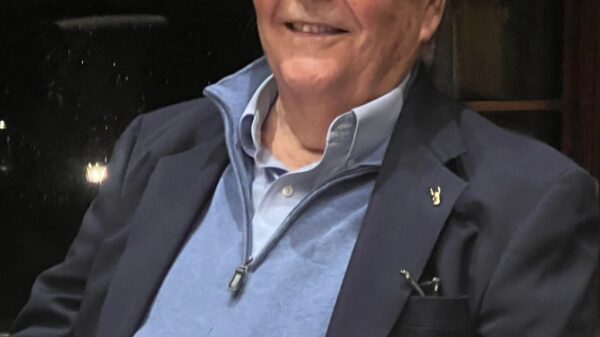Research conducted at the University of Texas at Arlington (UTA) has uncovered a significant cellular pathway that may enhance treatments for autoimmune diseases and improve wound healing. Graduate student Alec Whited, alongside doctoral student Aladin Elkhalil, identified this previously unknown mechanism while working in the Ghose Lab. Their findings, published in the journal Genetics, provide valuable insights into how organisms manage cellular waste, particularly in removing dying cells.
Whited explained that just as households need to dispose of unwanted garbage, living organisms must effectively eliminate waste, including dead cells that have completed their functions. “This work helps us understand a specific step in the process of clearing those cells that have completed their job and are no longer needed,” he stated. Interruptions in this process can lead to severe health issues, including chronic inflammation and autoimmune disorders.
Importance of Clearing Dying Cells
The efficient removal of dead cells is crucial, as their accumulation can trigger inflammatory responses. Whited emphasized that when dying cells release certain molecules, the body may misinterpret them as harmful, leading to an unnecessary immune reaction. This miscommunication can escalate into chronic inflammation, contributing to various autoimmune diseases.
Whited’s research suggests that enhanced understanding of this cellular clearance process may pave the way for new therapeutic strategies aimed at managing inflammation and autoimmune conditions.
Implications for Wound Healing
The implications of this study extend beyond inflammation. Whited noted that one of the genes analyzed in their research is associated with cell-to-cell fusion, a vital mechanism in the wound healing process. This fusion aids in tissue repair and wound closure. By unraveling the genetic underpinnings of this process, researchers hope to identify additional genes that could facilitate faster recovery from injuries or chronic wounds.
“This could have implications in advancing our knowledge of how we can accelerate wound healing or treat chronic wounds,” Whited commented, acknowledging that further research is required to fully grasp these genetic interactions.
Whited’s journey through UTA has been marked by significant mentorship and collaboration. He expressed gratitude for the supportive environment within the Department of Biology, stating, “The faculty and students share genuine excitement for research. There’s a collaborative spirit that drives everyone to push the boundaries of what we know.”
As Whited looks toward the future, he encourages aspiring scientists to engage with the collaborative spirit at UTA, where meaningful contributions to science are fostered. He believes that this environment not only promotes academic growth but also cultivates a sense of belonging within the broader scientific community.
In summary, the research conducted by Whited and Elkhalil not only sheds light on the mechanisms of cellular waste removal but also opens new avenues for developing treatments for autoimmune diseases and enhancing wound healing. Their work stands as a testament to the innovative research culture at UTA, with promising implications for the future of health science.
Further details of their research can be found in the article titled “CDH-3/cadherin, YAP-1/YAP, and EGL-44/TEAD promote SYX-2/syntaxin and EFF-1 fusogen-mediated phagosome closure” published in Genetics in March 2025.

